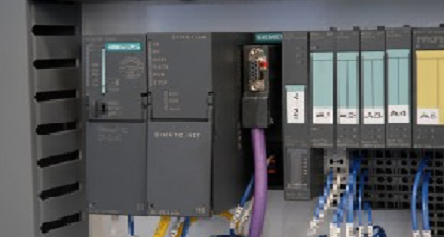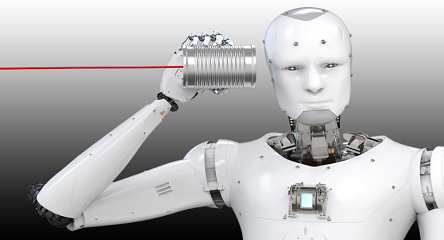Two Minute Tips
Beyond the Quick Fix: Unlocking True Root Cause Analysis
Mastering Root Cause Analysis (RCA)
In industrial environments, when equipment breaks down, quality slips, or safety incidents occur, the immediate temptation is to apply quick fixes and get operations back on track. While this may restore short-term functionality, it often fails to address the underlying cause—leading to repeat issues, increased costs, and reduced reliability. That’s where Root Cause Analysis (RCA) becomes essential. RCA is a structured problem-solving approach used to identify the fundamental cause of a failure or issue so that it can be permanently corrected and prevented from recurring.
The first step in conducting an effective RCA is to define the problem clearly. Vague statements like “the machine stopped” offer little diagnostic value. Instead, the problem should be described in specific, measurable terms. For example, “The conveyor motor tripped at 2:15 PM on May 28 during peak load” gives a much clearer starting point for investigation.
Once the problem is defined, the next step is to gather relevant data. This involves collecting factual information—such as equipment logs, sensor trends, operator reports, and historical maintenance records—rather than relying on assumptions or opinions. A comprehensive understanding of the event, including what happened, when it happened, and under what conditions, enables more accurate root cause identification.
To support the investigation, various RCA tools can be employed. The “5 Whys” method encourages teams to ask “Why?” multiple times until the root cause is uncovered. The Fishbone (Ishikawa) Diagram helps organize potential causes into categories such as Man, Machine, Method, Material, and Environment. For more complex systems, Fault Tree Analysis (FTA) provides a logical pathway from an observed failure back to its root causes, making it particularly valuable for safety-critical applications. Detailed descriptions of these tools can be found in IEC 62740 standard.
Identifying the root cause is the core objective of RCA. A true root cause is not a superficial symptom, such as a blown fuse or worn part, but the underlying condition or systemic issue that made the failure possible in the first place. If the root cause is effectively eliminated, the problem should not return.
Following identification, it is vital to implement both corrective and preventive actions. Corrective actions resolve the current issue, while preventive actions are designed to stop similar issues from occurring in the future—through design changes, updated procedures, operator training, or additional safeguards.
It’s important to note that RCA is not a tool for assigning blame. Instead, it should be embraced as a learning and improvement process, embedded within the organization’s reliability culture. Teams that treat failures as opportunities for learning rather than fault-finding are far more likely to achieve sustainable improvements.






